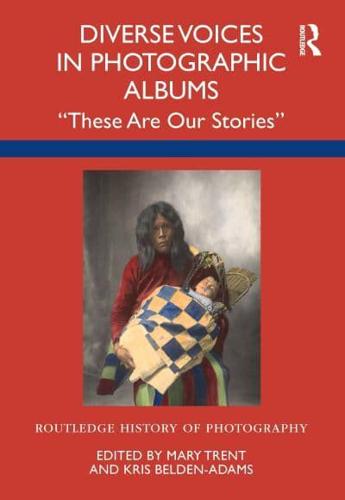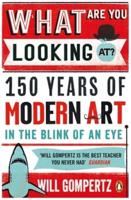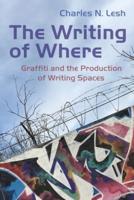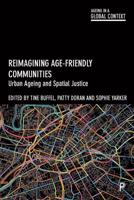Publisher's Synopsis
Through a variety of case studies by global scholars from diverse academic fields, this book explores photographic-album practices of historically marginalized figures from a range of time periods, geographic locations, and socio-cultural contexts. Their albums' stories span various racial, ethnic, gender and sexual identities; nationalities; religions; and dis/abilities.
The vernacular albums featured in this volume present narratives that move beyond those reflected in our existing histories. Essays examine the visual, material, and aural strategies that album-makers have used to assert control over the presentation of their histories and identities, and to direct what those narratives have to say, a point of special relevance as these albums move out of private domestic space and into public archives, institutions, and digital formats. This book does not consider photographic albums and scrapbooks as separate genres, but as a continuum of modern creative practices of photographic and mass-print collage aimed at self-expression and narrative-building that co-evolved and were readily accessible.
The book will be of interest to scholars working in art history, history of photography, visual culture, material culture, media studies, and cultural studies.









